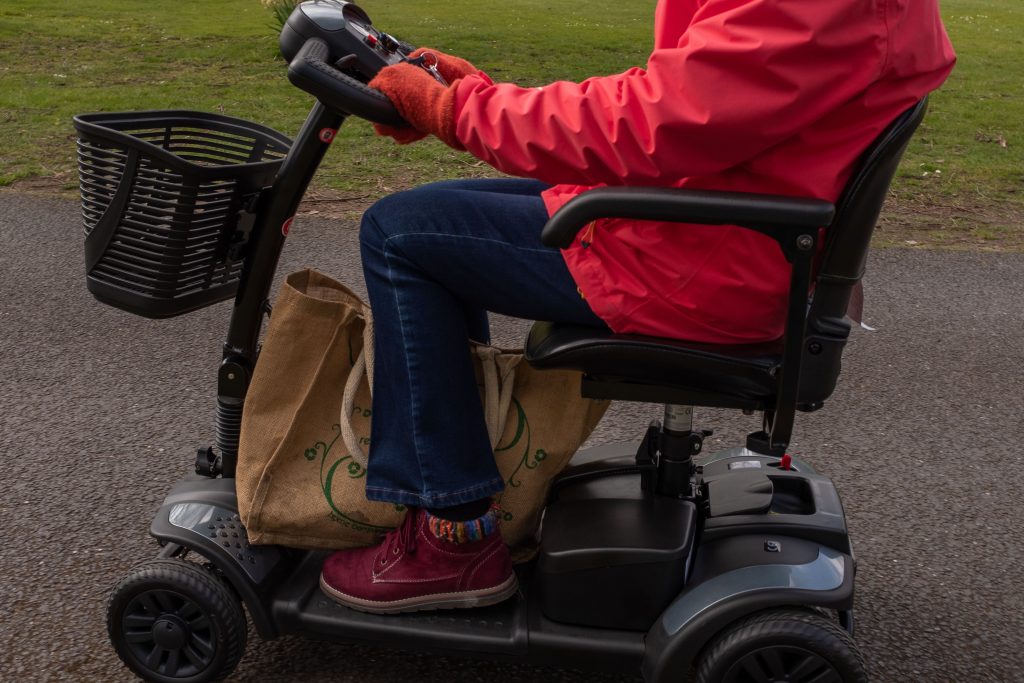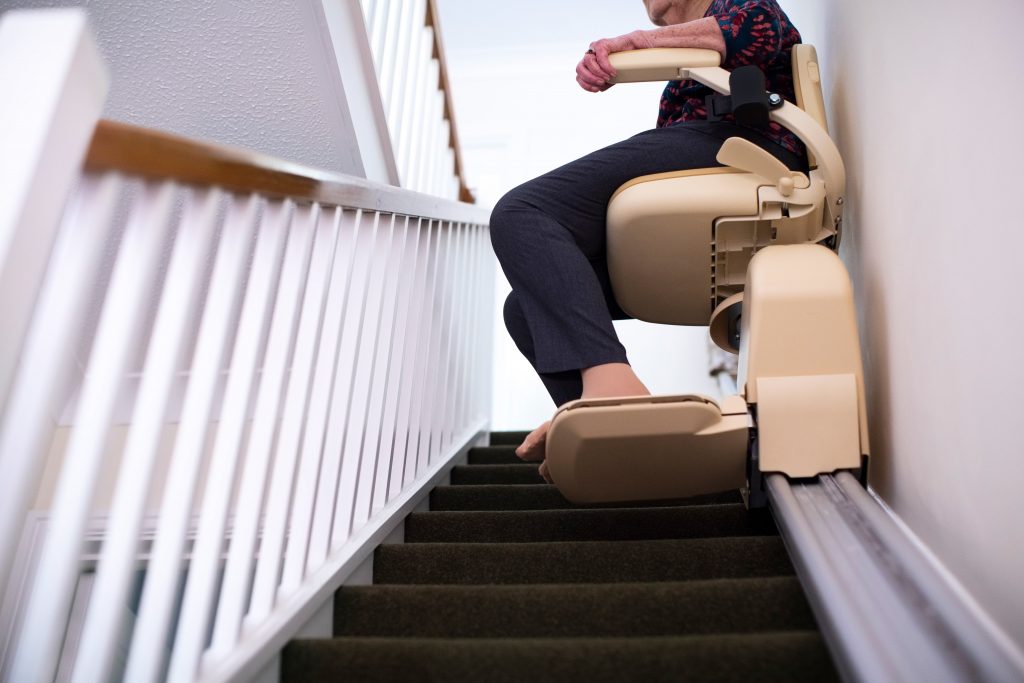Your guide to the best mobility aids and devices
When it comes to mobility, the last thing you want to do is settle for a device that just does not suit you or causes more problems than it solves. Mobility users will know that these devices are definitely not one size fits all! Each person will have different needs, preferences, and priorities that will dictate the best mobility for them. Some people may even require access to multiple mobility devices throughout the day so that they can have as much independence as possible.
Luckily, modern mobility aid devices go much further than the basic wheelchair and there is now a wide range of NHS mobility aids for you to choose from. This article will guide you through the best mobility devices on the market along with their unique pros and cons to help decide which one is right for you.
Wheelchairs
Starting with the most well-known type of mobility aid out there, wheelchairs have been around for decades and have proved time and time again that they are great for aiding mobility. Wheelchairs can be self-propelled or pushed with the help of a trusted other; which one you chose will depend on your upper body ability. The chairs are designed to give independence to those who struggle to walk and are constantly being upgraded to provide users with maximum comfort and practicality.

The main benefits of wheelchairs is that they can be used independently, giving you freedom and confidence in your ability to carry out tasks by yourself. Wheelchairs are also useful for trickier manoeuvres in small spaces, such as getting around a home, so are a very practical mobility opinion.
The main disadvantage of self-propelled chairs is that users may experience fatigue after long periods of use. Movement requires you to be able to push your weight along with the weight of the chair. The movement required from the upper body may also result in muscle soreness.
Here at Fish, our Manual Wheelchair insurance policy is designed to protect your manual wheelchair if it stolen, damaged or involved in an accident. Click here for more details.
Mobility scooters
Mobility scooters are mainly used by people who want to travel far distances but struggle to self-propel a wheelchair. Mobility scooters are electrically powered mobility devices on which you simply sit and travel to your required destination. These mobility aids are essentially an electric alternative to the wheelchair but share some similarities with a motor scooter.

Some mobility scooters can reach 8mph, so are a great option for getting about quickly. For many users, mobility scooters save a lot of money that would otherwise be spent on buses or taxis and also provide independence by offering a completely self-reliant mode of transportation. Mobility scooters are far less physically demanding than wheelchairs, which means users can often travel for further distances.
Currently, mobility scooters are not available on the NHS (unlike wheelchairs), which means that they may end up costing a lot more money than you might be wanting to spend. If you are physically fit enough to propel a wheelchair, it may be a good idea to save your money and get a chair given to you by the NHS for free. Another problem faced when using mobility scooters is that the batteries can run out regularly so if you forget to charge your device, you may end up becoming stuck!
Here at Fish we provide specially designed insurance for mobility scooters, click here to get a quote a today.
Walking frames
Mobility aid walkers, or zimmer frames, are made of four metal legs that provide support as the user walks. The walkers usually have a 3 sided frame that surrounds the user, which is lifted and placed in front of them to support the movement. Some walking frames have wheels on the bottom of the legs to slide along instead of being lifted.
One advantage of using a walking frame is that they usually have a cushioned seat situated along the frame, which makes it easy to stop and rest if you become fatigued. The frames offer large amounts of independence and allow users to continue to use their legs whilst feeling safe and supported by an aid. Unlike when using a chair or scooter, using a walking aid will keep your leg muscles working, which will help to prevent muscular atrophy.
Frames are a great way to maintain the use of your legs, however, it may be difficult to travel a long distance using a walking frame alone. Whilst they provide sufficient support for small journeys, using a frame can become tiring and frustrating.
Stairlifts
Stairlifts are used to transport people up and down flights of stairs. The lifts operate mechanically along a rail that is attached to the wall and includes a cushioned seat for users to travel on.
Stairlifts allow people with disabilities to have full access to their home, which is often unavoidable if bathrooms or bedrooms are located upstairs. The lifts are also fairly easy to use and require no help from another person, which is a great way to promote independence.

The main disadvantage of investing in a stairlift is that they are not cheap. This may prove to be a difficulty if you can’t work due to your mobility problem. Installing the stairlift into your home also requires minor damage to your wall and stairs, which may affect the value of the home if it is ever put on the market.
If you do invest in a stairlift, here at Fish we provide specially designed insurance for stairlifts helping to give you reassurance in the event of your stairlift being damaged or vandalised. Learn more here.
There is a wide range of mobility aids on the market, so don’t hesitate to look widely for a device that will suit your unique needs.


